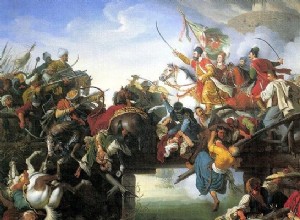Portrait of Ashoka Ashoka is the third emperor of the Mauryan dynasty, which, between the IVth and the IIth century BC. BC, dominated almost all of India, Pakistan and part of Afghanistan. With skill, and thanks to their military power, the Mauryas gradually spread from Pataliputra, the capital




